Endocrine disorders like Cushing’s disease and Equine Metabolic Syndrome (EMS) are common in aging horses—and if left unmanaged, they can lead to serious health complications, including laminitis, weight loss, and a decline in quality of life.
At Lewiston Veterinary Clinic in Lewiston, ID, we specialize in equine medicine and understand the unique challenges these conditions present. This guide is designed to help horse owners recognize early signs, understand available treatments, and take proactive steps to support the health and longevity of their horses.
Understanding Equine Cushing’s Disease (PPID)
What It Is:
Equine Cushing’s disease—more accurately termed Pituitary Pars Intermedia Dysfunction (PPID)—is a chronic hormonal disorder caused by the degeneration of nerves in the brain that control the pituitary gland. This degeneration leads to excess production of cortisol and other hormones, disrupting your horse’s metabolism and immune system.
Who’s at Risk:
Cushing’s is most often diagnosed in horses over the age of 15, but it can occur earlier. Ponies and certain breeds like Morgans and Arabs may be predisposed.
Common Symptoms:
- Long, shaggy or curly hair coat that doesn’t shed properly (hirsutism)
- Increased drinking and urination
- Muscle wasting, especially along the topline
- Pot-bellied appearance
- Lethargy or dullness
- Laminitis, often recurrent or unexplained
For a deeper dive into the condition, visit Pituitary Pars Intermedia Dysfunction (PPID) – UC Davis Veterinary Medicine.
What Is Equine Metabolic Syndrome (EMS)?
EMS is a condition characterized by insulin resistance, abnormal fat deposits, and a heightened risk of laminitis. It’s often confused with—or occurs alongside—Cushing’s, but the underlying causes and management strategies differ.
Key Signs of EMS:
- Easy weight gain or obesity
- Cresty neck, fatty deposits over shoulders or tailhead
- Laminitis episodes, sometimes without warning
- Elevated insulin or glucose levels
EMS is most commonly seen in easy-keeper breeds, especially ponies, Morgans, and Arabians.
What Causes These Endocrine Conditions?
Age and Genetics
- Horses over 15 years are more prone to PPID
- Breeds such as ponies, Morgans, and Arabians may be more genetically susceptible
Diet and Exercise
- High-sugar or starch-rich diets contribute to insulin resistance
- Lack of exercise and excess body condition also increase risk
For dietary advice specific to horses with Cushing’s, see What Should I Feed My Horse with Cushing’s Disease? – Purina
Diagnosing PPID and EMS
At Lewiston Veterinary Clinic, we use a combination of clinical exams, blood tests, and history to make an accurate diagnosis.
Common Diagnostic Tools:
- ACTH Test: Measures hormone levels to confirm PPID
- Insulin and Glucose Tests: Detect insulin resistance associated with EMS
- Physical Exam: Looks for fat distribution, laminitis, coat changes, and muscle condition
- Imaging and Lab Tests: Help assess complications such as laminitis or infections
For more, visit Equine Cushing’s Disease Diagnosis – Royal Veterinary College
Treatment Options for Endocrine Disorders
Managing Cushing’s Disease
- Pergolide (Prascend): The most commonly prescribed medication to help normalize hormone levels
- Clipping: Horses with PPID often benefit from seasonal body clipping to stay cool and comfortable
- Regular Dental and Hoof Care: These horses are more prone to infections and laminitis
Explore case-based treatments at Cushing’s Disease – The Horse
Managing Equine Metabolic Syndrome
- Dietary Management: Low-sugar, low-starch diets with quality forage
- Weight Loss: Target a slow, controlled reduction through portion control and exercise
- Grazing Muzzles: Can help restrict access to lush pasture without limiting turnout
- Regular Exercise: Even light exercise improves insulin sensitivity
Preventing and Managing Long-Term Risks
Both PPID and EMS can be managed successfully with the right care. Prevention and monitoring are essential.
1. Monitor Diet Year-Round
- Use a hay analysis if needed to gauge sugar content
- Avoid sweet feeds or treats high in starch
- Feed by weight, not volume
2. Control Grazing
- Avoid turnout during peak grass growth (early mornings and spring flush)
- Use grazing muzzles if needed
3. Prioritize Hoof Care
- Horses with PPID and EMS are very prone to laminitis
- Schedule trims every 4–6 weeks
- Watch for subtle signs like shifting weight or reluctance to move
4. Stay Ahead with Regular Checkups
Routine exams can catch issues early before complications arise. Learn more about preventive care at our Equine Wellness Care page.
When to Contact a Vet Immediately
Certain symptoms signal the need for urgent evaluation:
- Sudden lameness or signs of laminitis
- Severe weight loss
- Uncontrolled thirst and urination
- Lethargy or behavior changes
- Non-shedding winter coat into spring
We’re Here for Every Stage of Your Horse’s Life
Whether you’re monitoring your senior gelding for PPID or managing a younger horse with metabolic concerns, our team is here to support you with:
- Accurate diagnosis and treatment plans
- Nutritional and management advice
- Hoof care coordination and emergency support
- Preventive wellness exams tailored to endocrine health
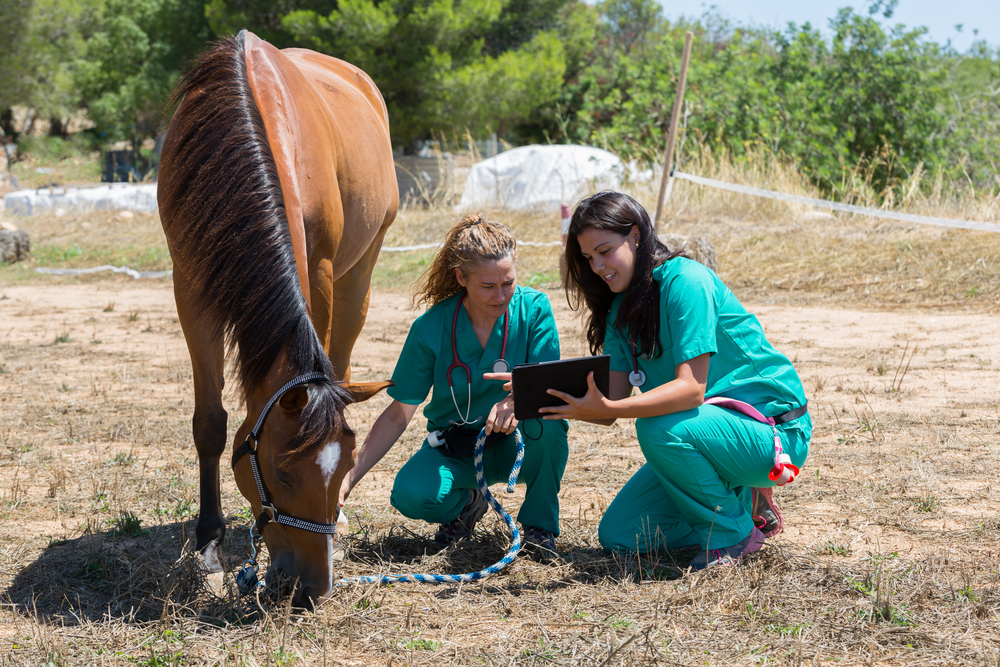
If you suspect your horse may be developing Cushing’s disease or metabolic syndrome, don’t wait. Early diagnosis and careful management are key to long-term health.
Contact Us or schedule an appointment to discuss your horse’s needs.

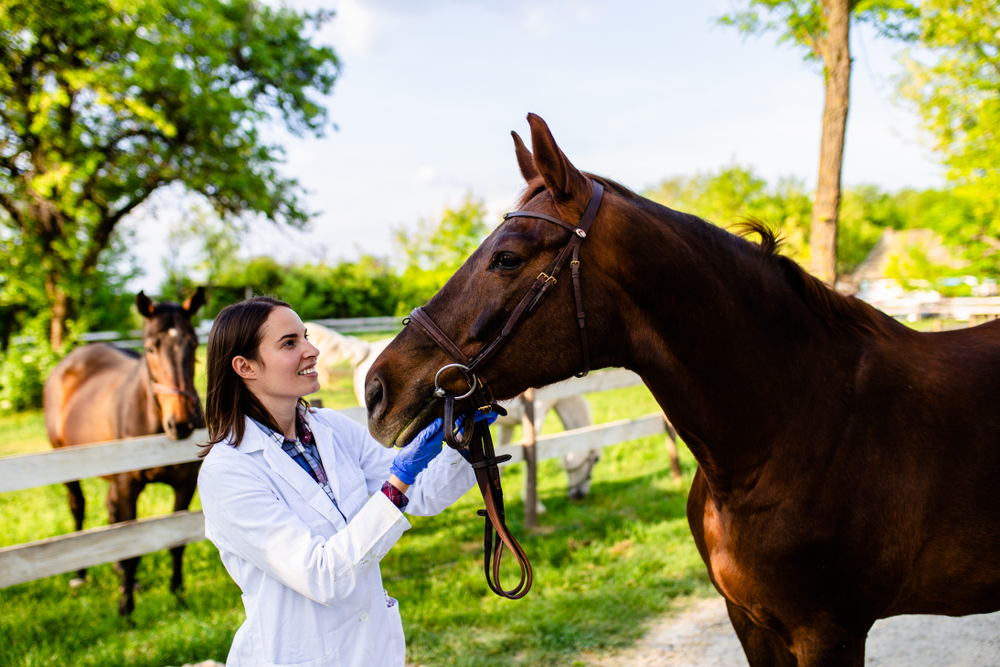
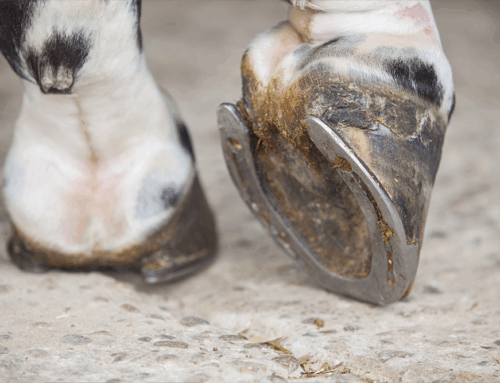


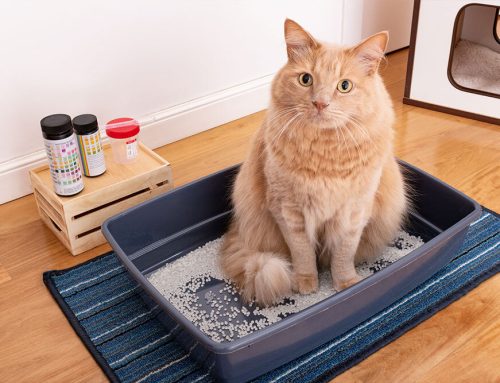
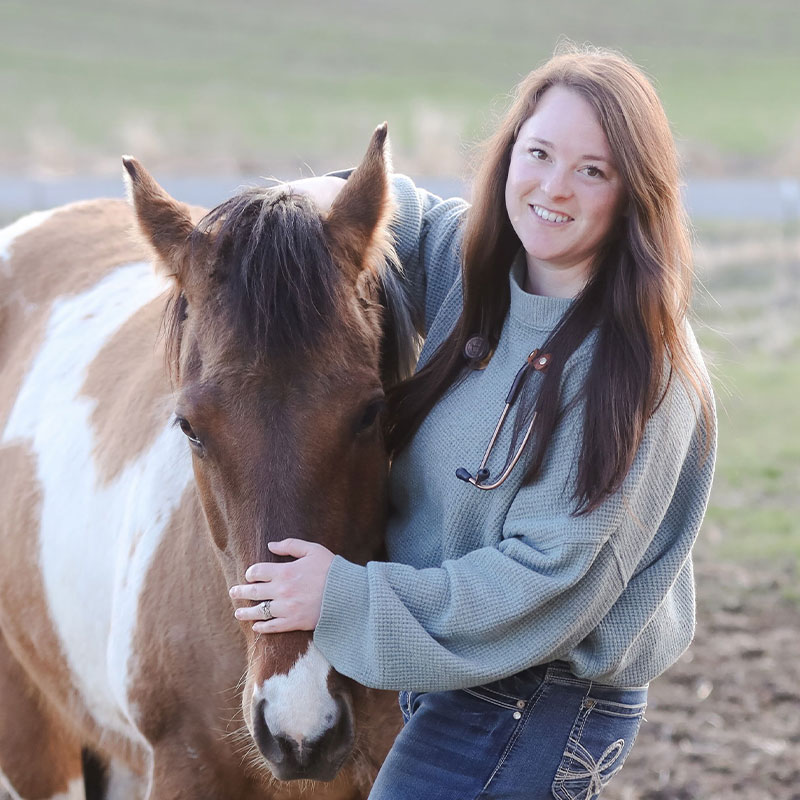

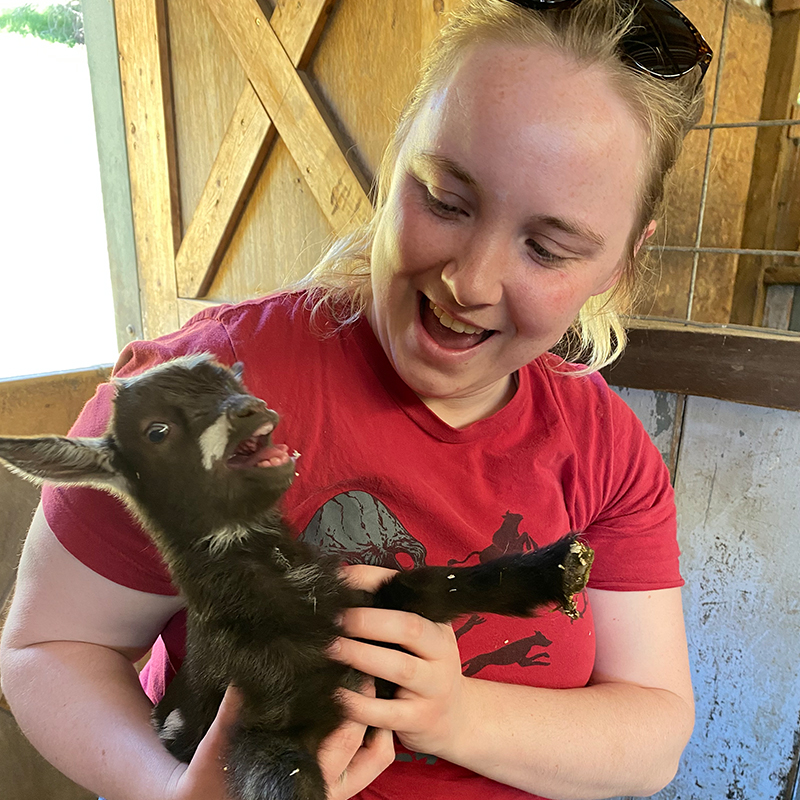
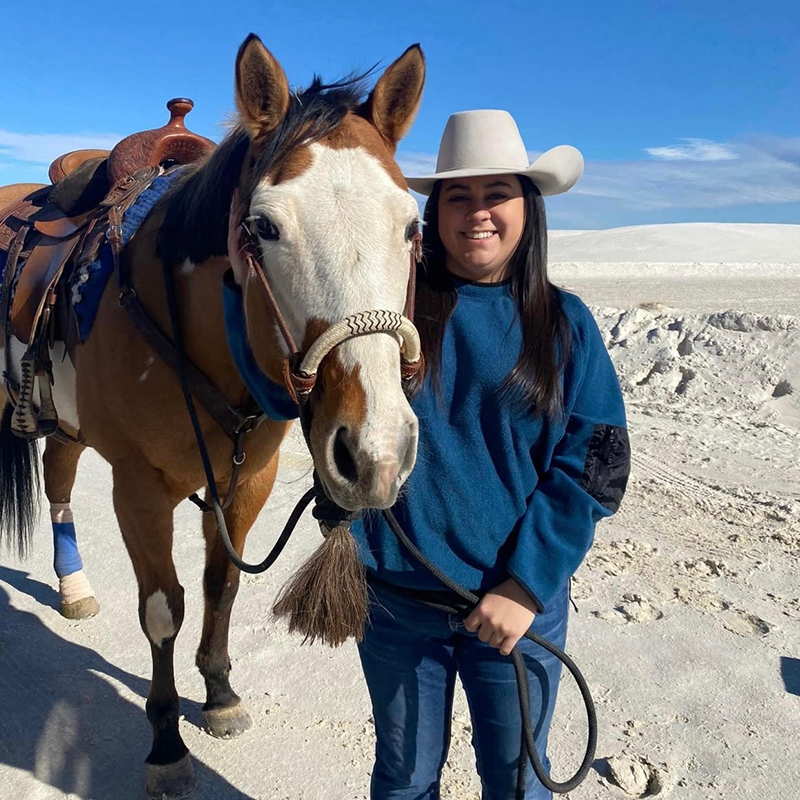
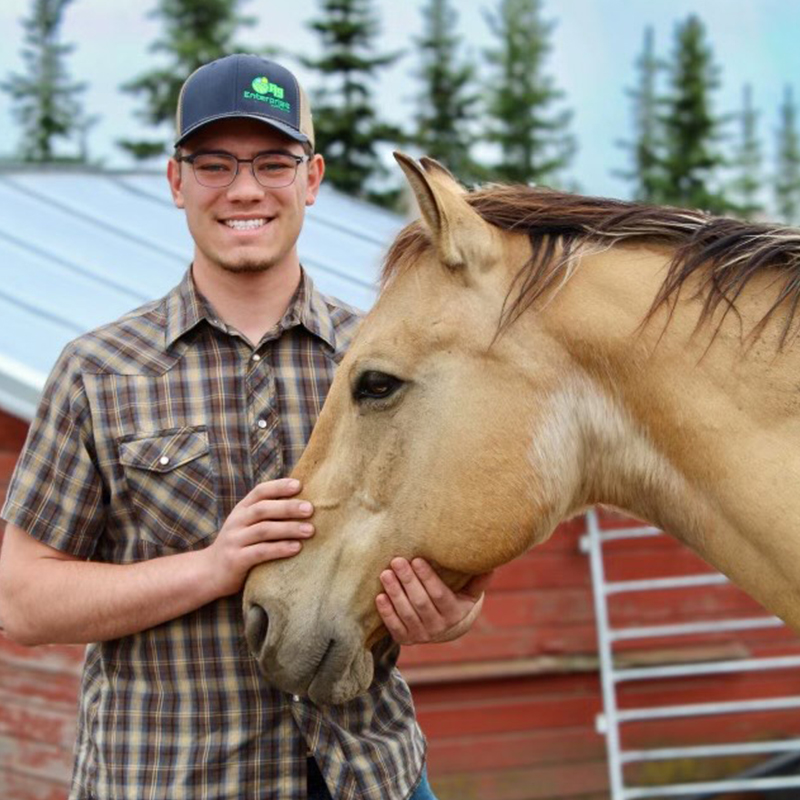
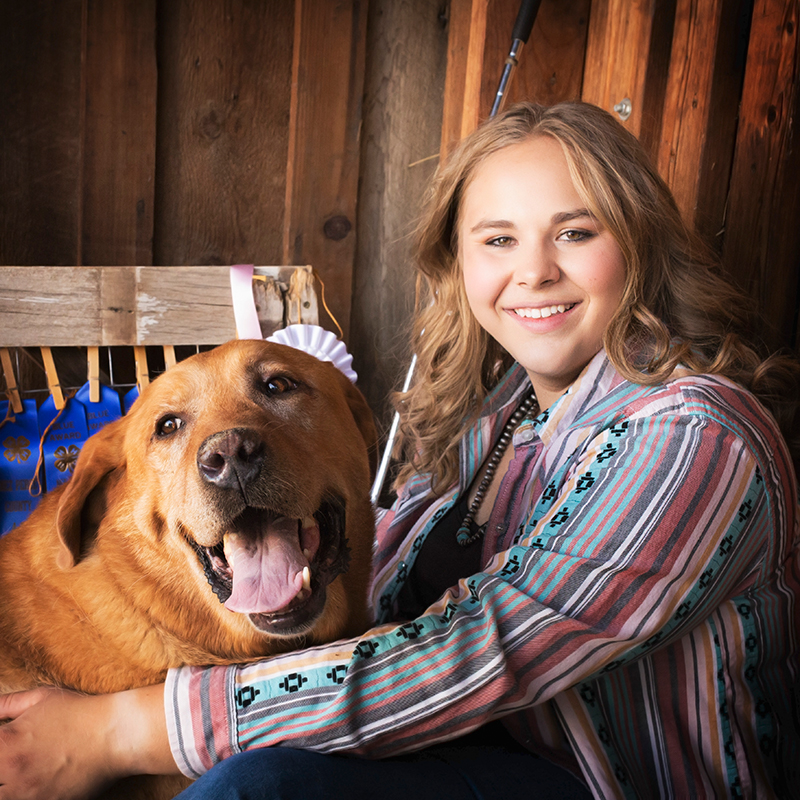


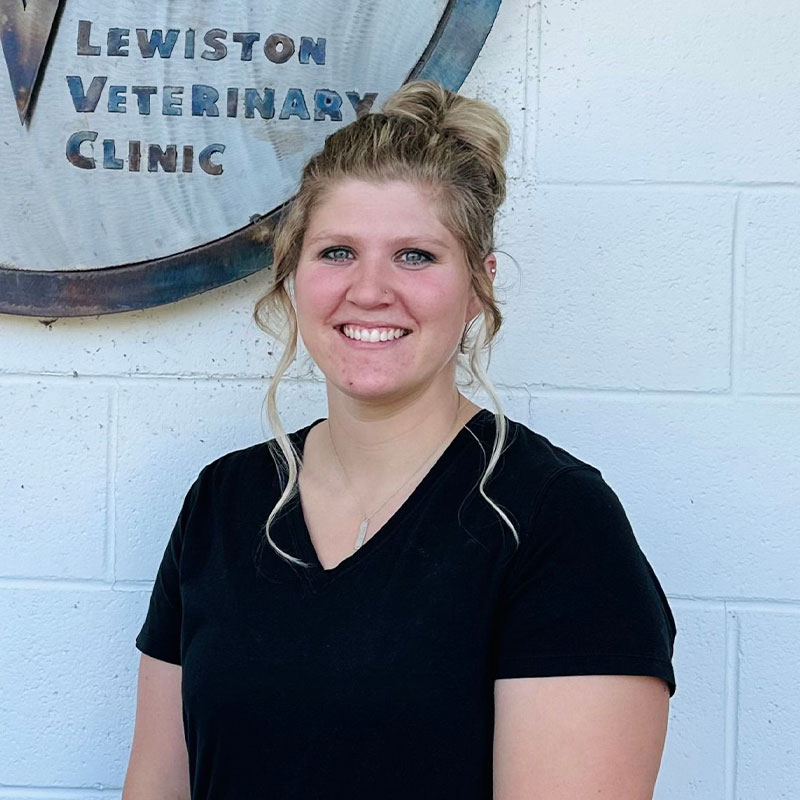






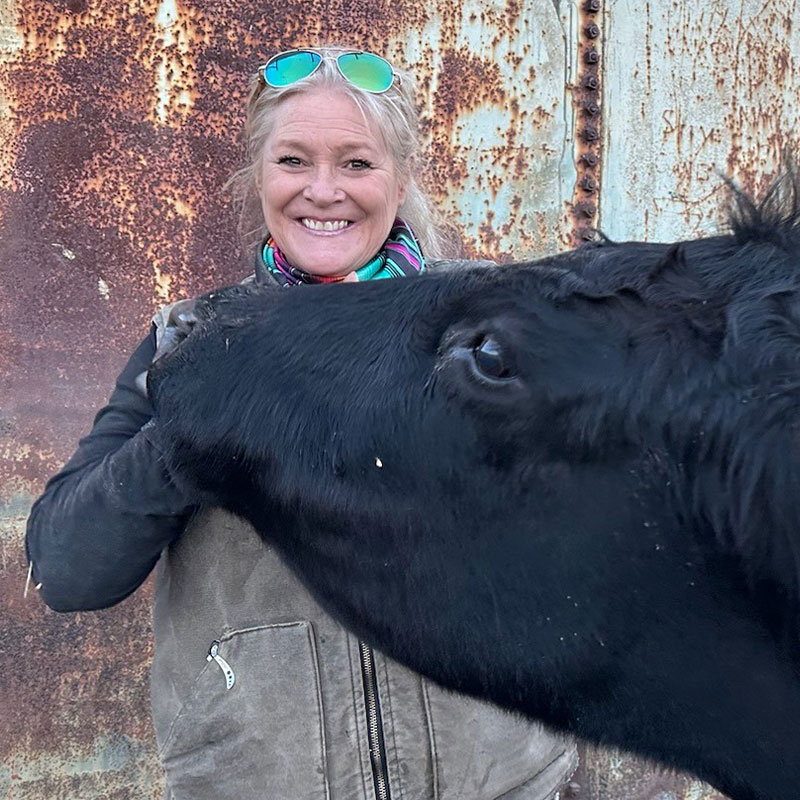






Leave A Comment